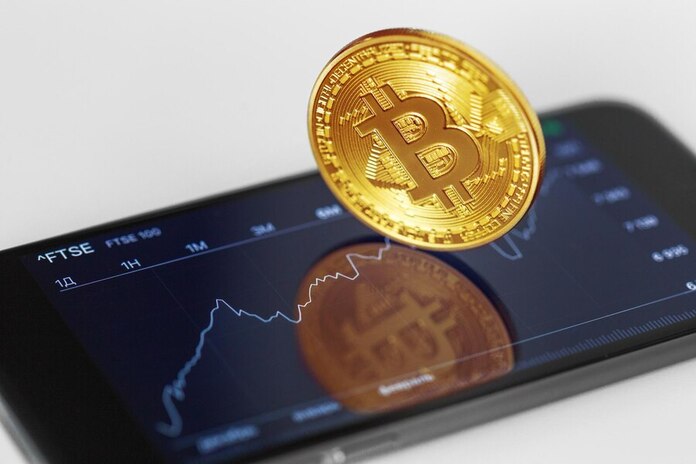JPMorgan Analyzes Bitcoin Mining Stocks Amid Crypto Market Correction
This post was originally published on this site

Bitcoin mining stocks faced losses this week amid a broader downturn in Bitcoin prices. Despite this multi-day correction phase, the overall bullish sentiment for digital assets remains strong.
A significant worry in the market revolves around the impending Bitcoin halving event, slated for late April when the block height reaches 840,000. This event reduces the reward for mining new blocks by half, thus slowing the rate at which new bitcoins are generated.
Nejc Kržan, Head of NiceX Exchange, noted that many large mining farms are converting to fiat amid the anticipation of a challenging period post-halving.
In a recent comprehensive analysis by JPMorgan (NYSE:JPM), the financial giant revisited the operational and financial trends of the bitcoin mining industry amidst the ongoing crypto market selloff. The report assessed the performance and strategic positioning of leading mining companies, including Cipher Mining Inc. (NASDAQ:CIFR), CleanSpark (NASDAQ:CLSK), Iris Energy Ltd (NASDAQ:IREN), Marathon Digital (NASDAQ:MARA), and Riot Platforms (NASDAQ:RIOT), projecting a positive outlook for the sector in 2024.
JPMorgan equity analysts report that the broader mining industry saw its most substantial quarterly gross profit since the second quarter of 2022 during the final quarter of 2023, indicating a strong recovery. The report expects industry-wide gross profits to rise in the first quarter of 2024, followed by a downturn in the second quarter as the block reward is halved, reflecting the cyclical nature of mining industry profitability.
Marathon Digital emerged as the industry’s top performer in 2023, with JPMorgan highlighting its capacity expansions and Bitcoin output. The report noted that Marathon Digital added the most capacity and mined more bitcoin than any other operator in their coverage universe.
Looking ahead, Riot Platforms and CleanSpark are identified as key players poised for strong growth in 2024, according to JPMorgan analysts.
The report also highlighted Cipher’s competitive edge due to its low power costs per coin mined in the fourth quarter of 2023, contrasting with Marathon’s higher costs. However, it commended Marathon for its operational efficiency, driven by scale and lean operations.
In terms of financing activities, the report revealed that the five miners in JPMorgan’s coverage universe issued over $2 billion in equity via ATM offerings in 2023, indicating a significant increase from the previous year.
Overall, JPMorgan’s report maintains an optimistic view of the mining industry’s resilience and adaptability, expecting miner profitability to rise in the first quarter of 2024 before declining in the second quarter due to the halving.
Featured Image: Freepik @ jcomp












